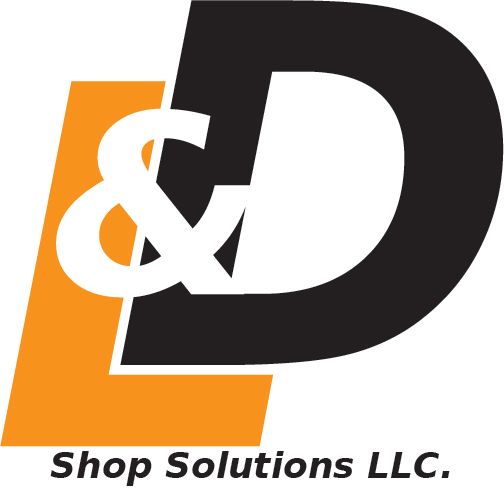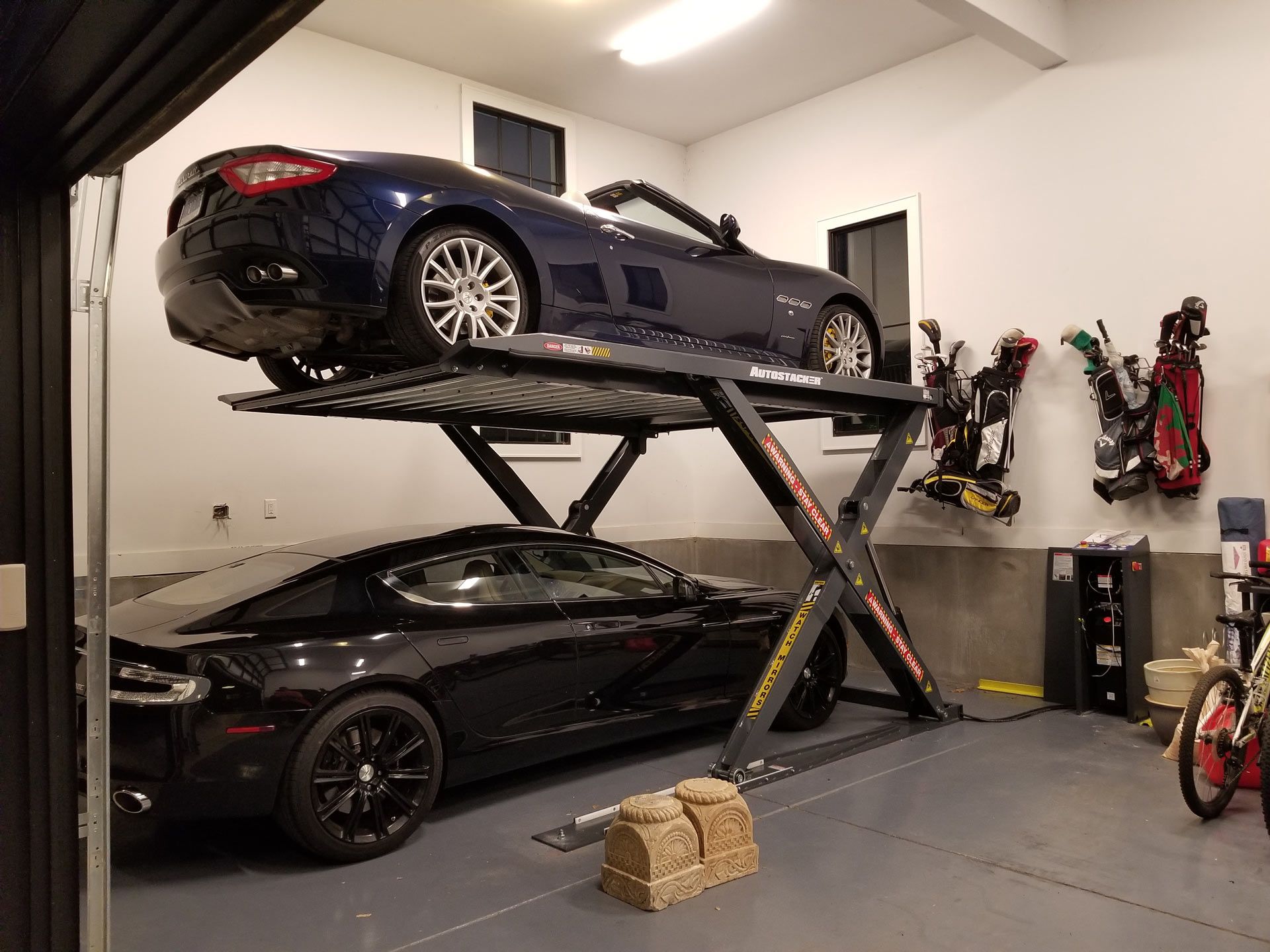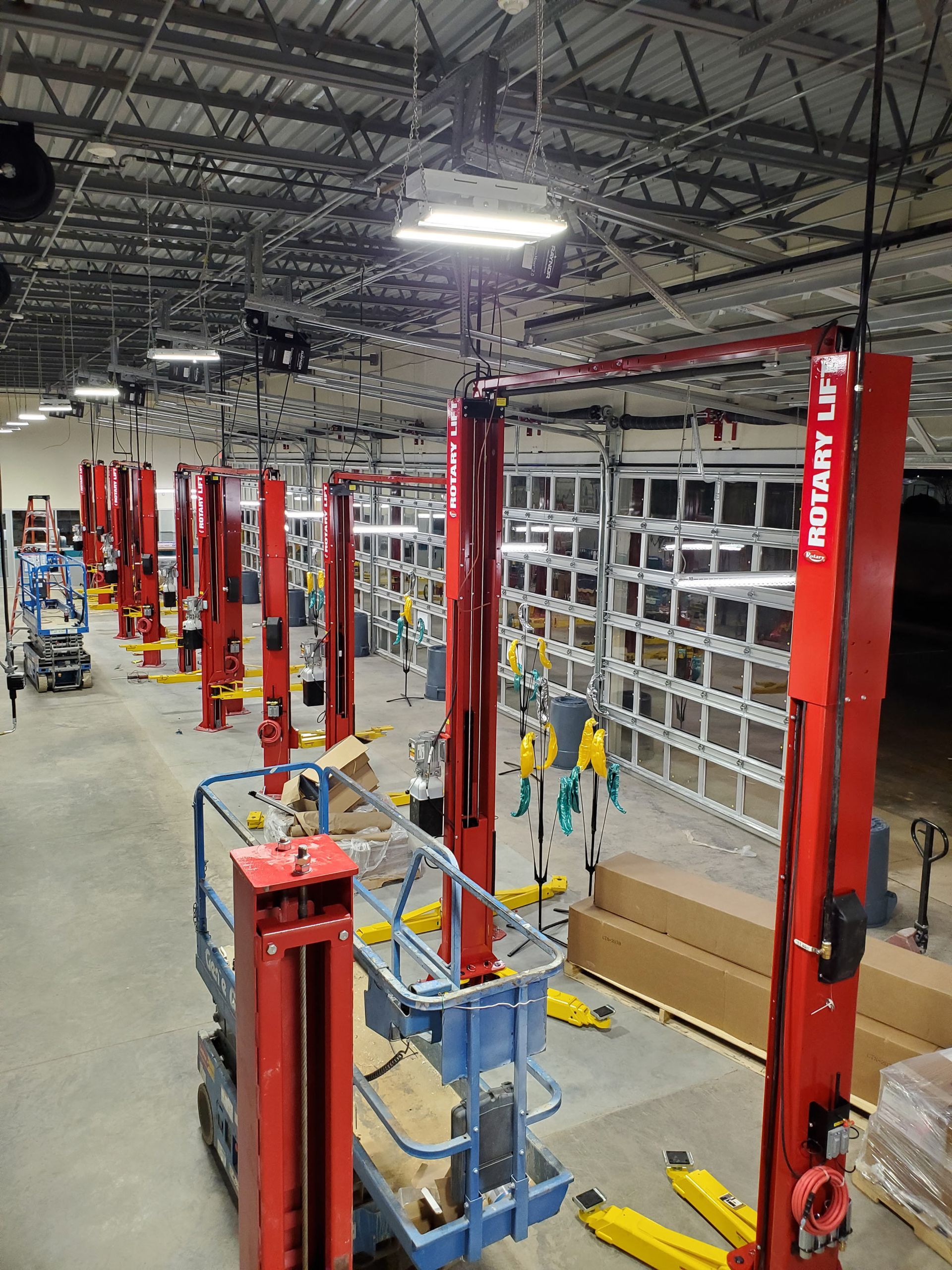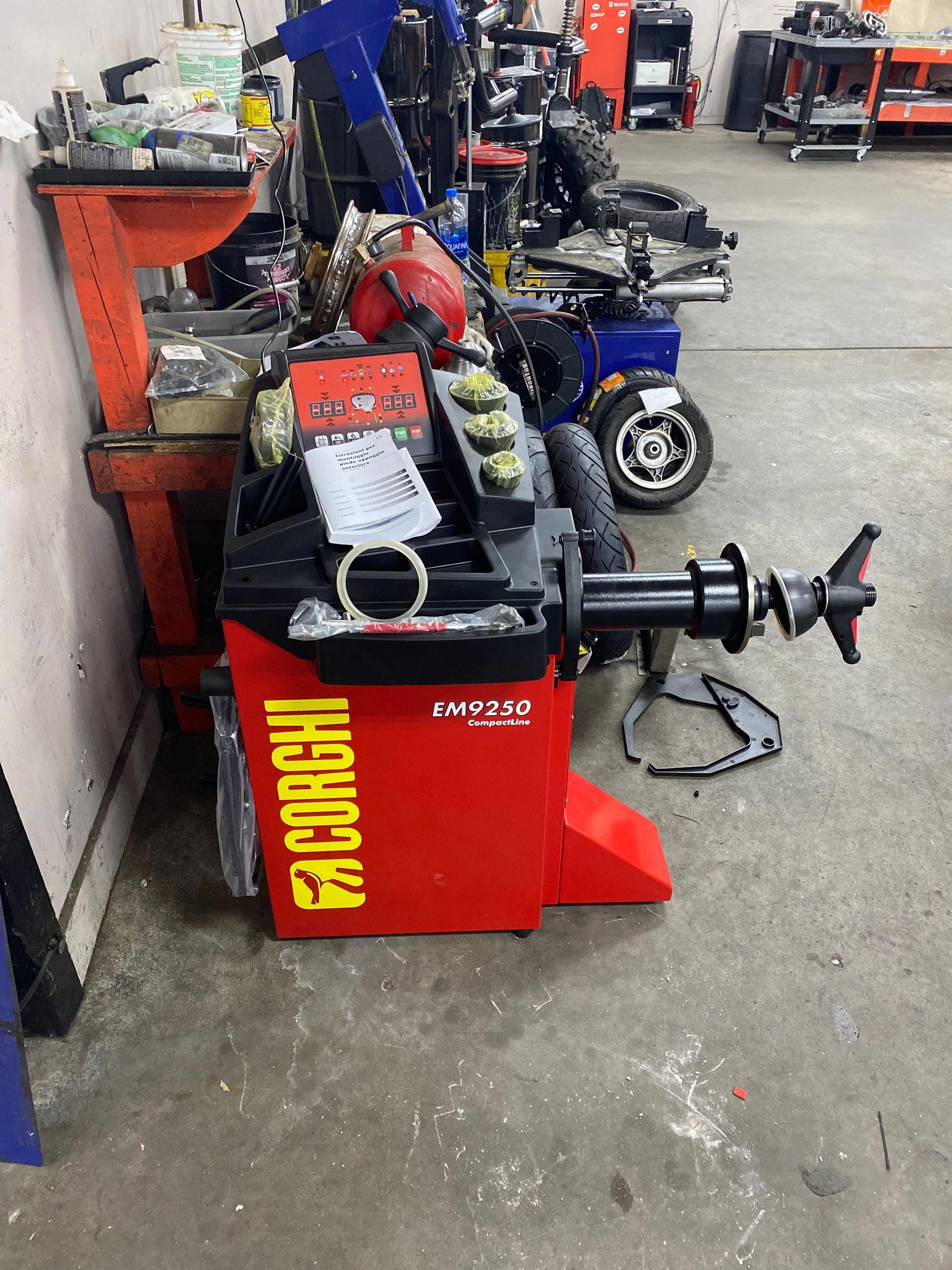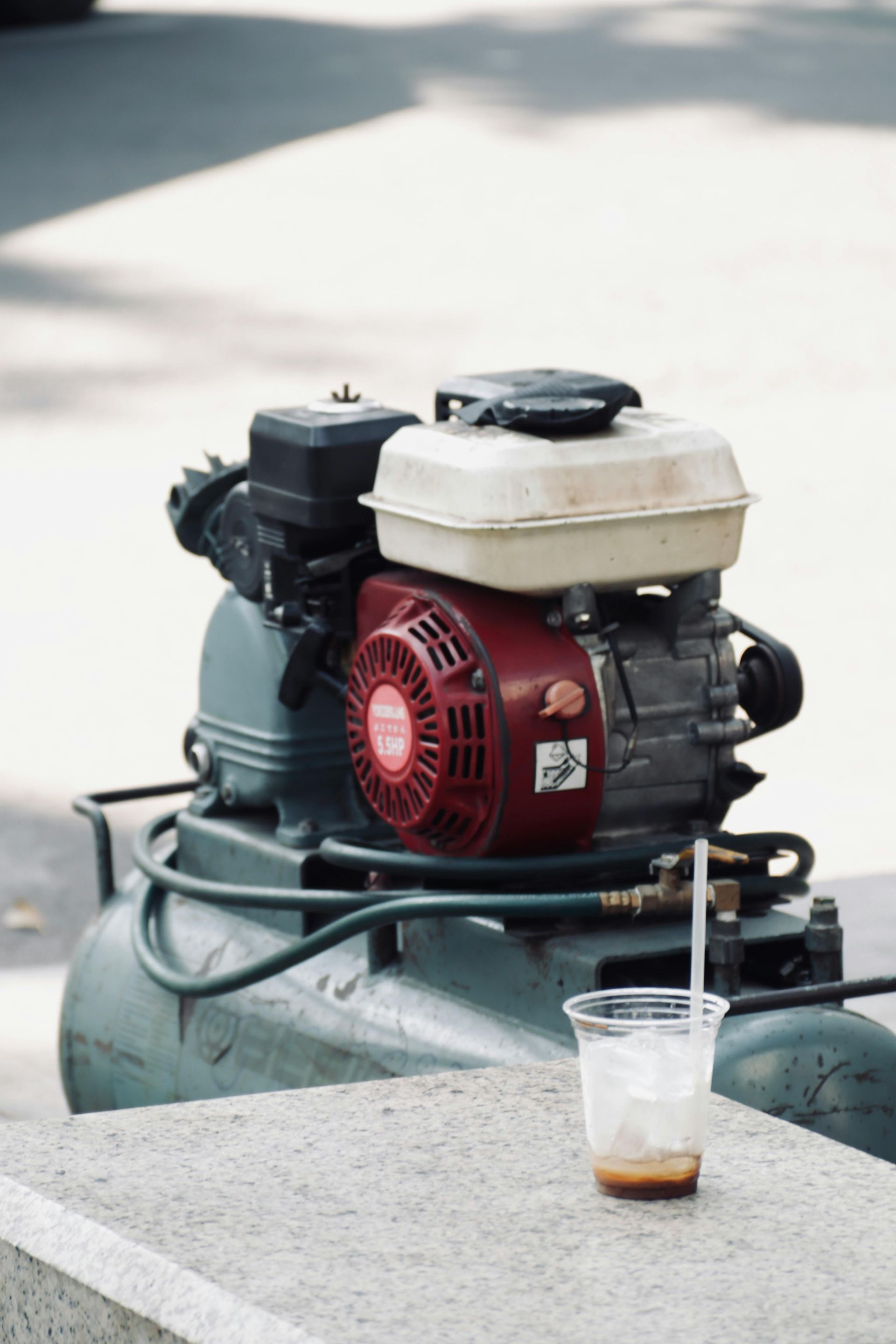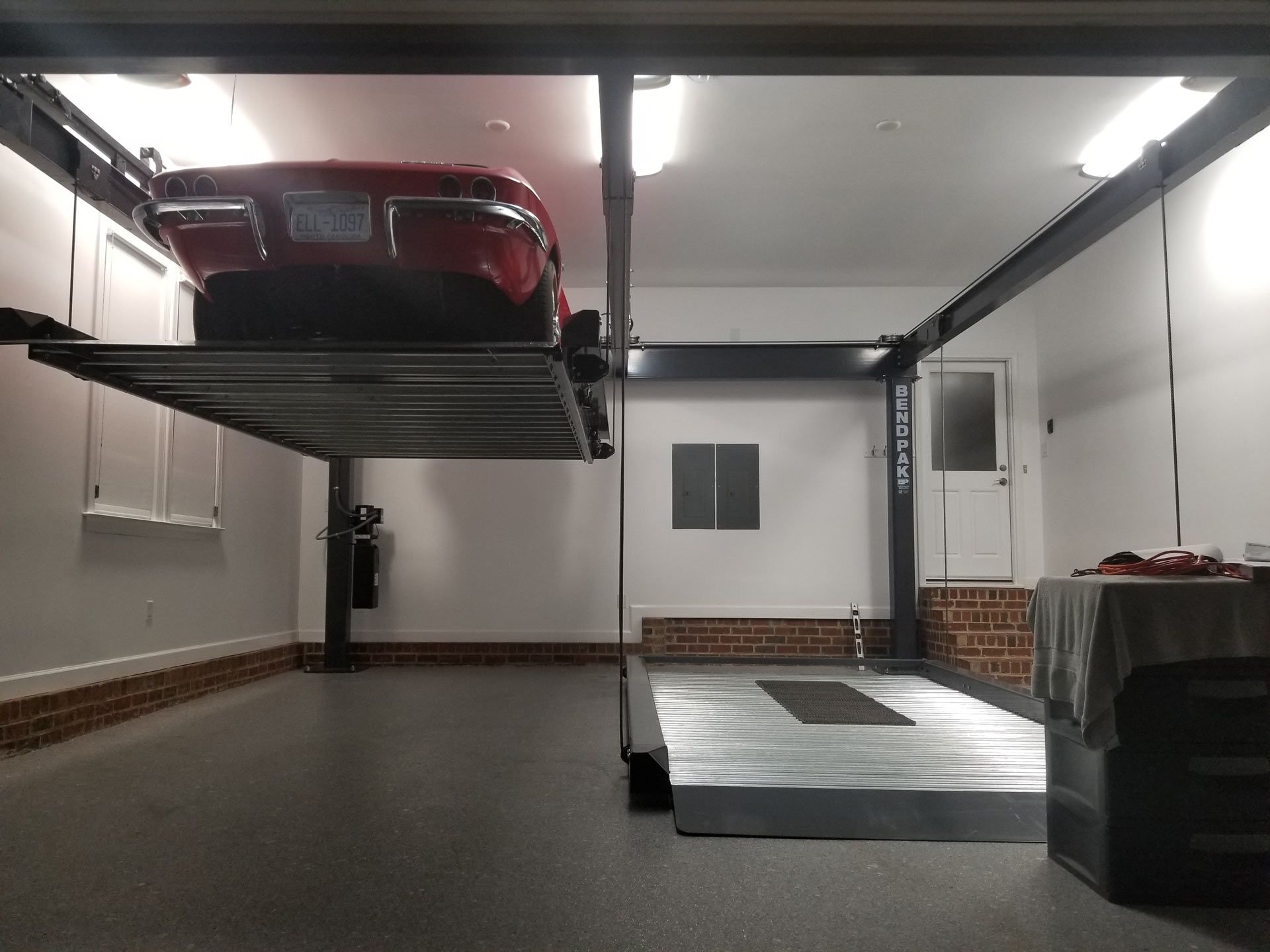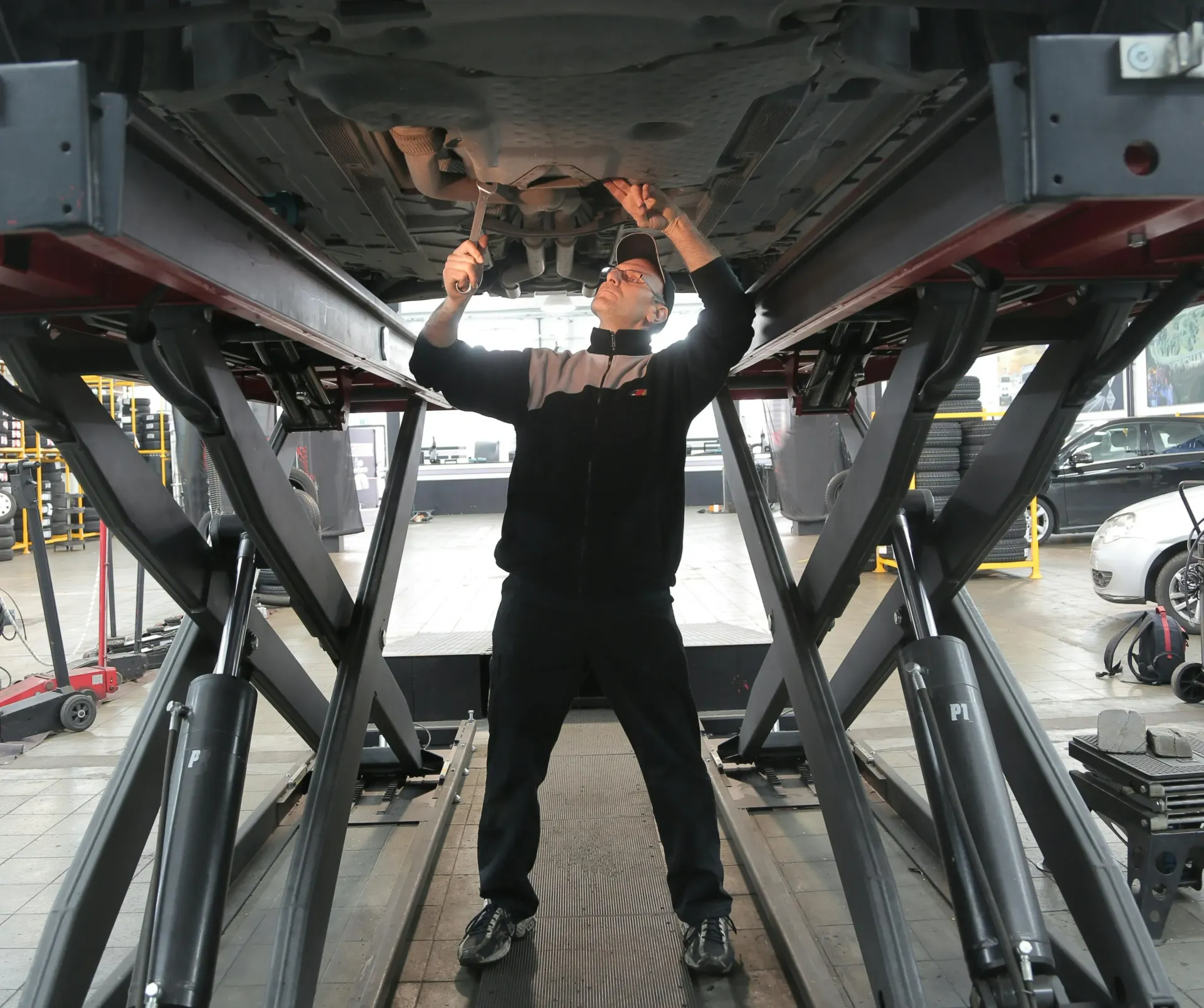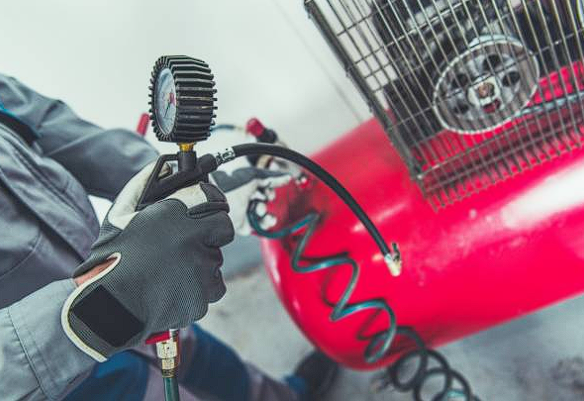8 Factors Affecting the Cost of Automotive Lifts
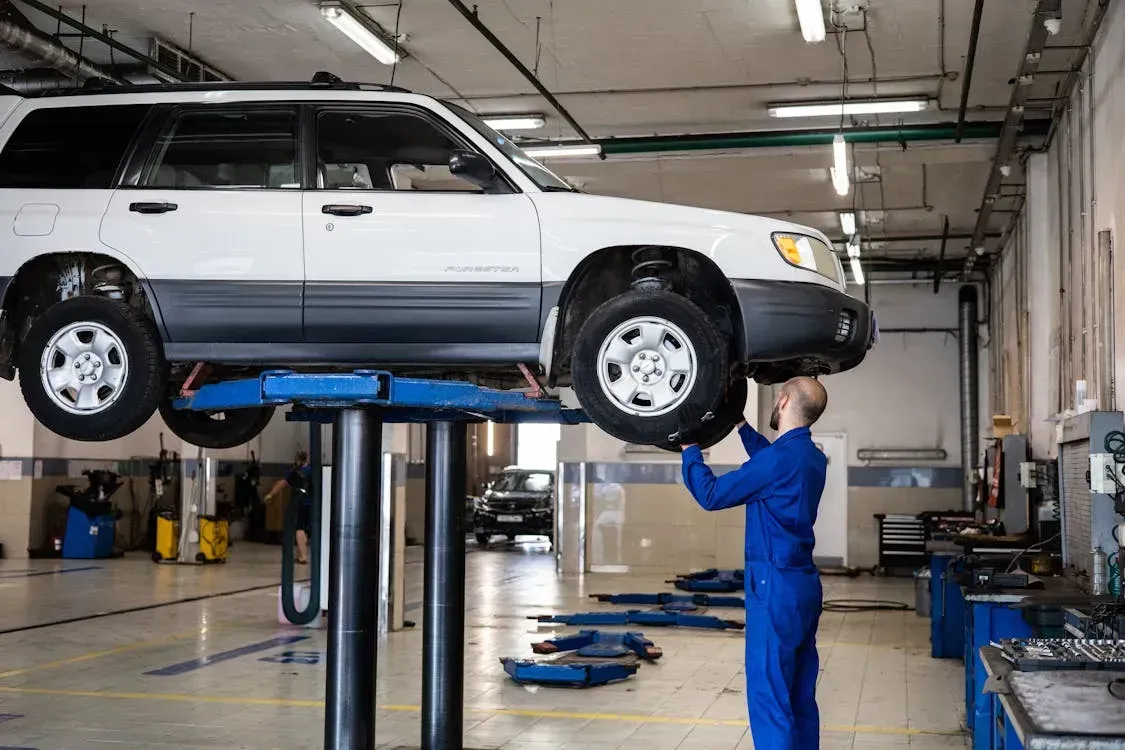
Ever wondered why automotive lifts, those mighty heroes of the garage, come with price tags as varied as the cars they hoist? Whether you’re a seasoned auto shop owner or a car enthusiast eyeing a home garage upgrade, understanding the factors behind the cost of automotive lifts can save you time, money, and a whole lot of head-scratching. In this deep dive, we’ll unpack the essentials that sway the price of automotive lifts, ensuring you make an informed decision that aligns with your needs and budget.
Type of Automotive Lift
Selecting an automotive lift hinges on your specific needs, much like choosing the right tool for a job. Here's a quick rundown on how the type affects cost:
Two-post lifts are popular for their underbody access and small footprint, but this convenience typically comes at a higher price.
Four-post lifts offer stability and high capacity, making them ideal for heavy-duty tasks and storage, which is reflected in their higher cost.
Scissor lifts provide a space-saving option with less access than other models, priced for their compact design and functionality.
Portable lifts are designed for flexibility and ease of use, offering a more budget-friendly option with potential limitations in capacity and stability.
The choice of lift type should match the work you do most and the space you have, guiding you to a cost-effective solution that meets both your operational and financial needs.
Lift Capacity
Lift capacity significantly impacts the cost of automotive lifts. The rule is straightforward: the more weight a lift can support, the higher its price. This price difference stems from the need for stronger materials and more sophisticated design to safely lift heavier vehicles.
For example, a lift designed for up to 7,000 lbs suits most passenger cars and is priced accordingly, while a model that supports 14,000 lbs, suitable for larger vehicles, will be pricier due to its enhanced capabilities.
Choosing a lift involves weighing your current needs against future ones. Opting for a model that covers a broad range of vehicle weights could be a cost-effective decision, avoiding the need for an upgrade too soon.
Manufacturing Quality and Brand
The craftsmanship behind an automotive lift and the brand it bears play pivotal roles in determining its cost. Here’s the breakdown:
High-quality lifts, made from superior materials with precision engineering, promise longevity and reliability. These attributes are crucial in a workshop setting, where safety and efficiency are paramount. However, top-notch quality often means a higher price tag due to the cost of materials and the manufacturing process.
Brand reputation also influences price. Established brands with a track record of reliability and customer satisfaction can command higher prices. Their lifts are seen as a safer investment, backed by better warranties and customer service.
In summary, paying a bit more upfront for a lift from a reputable brand and with high manufacturing quality can lead to savings in the long term. It reduces the likelihood of frequent repairs or replacements and ensures a safer environment for users.
Installation Complexity
The complexity of installing an automotive lift directly influences its overall cost. Here’s what you need to know:
Simple designs like portable lifts can often be set up with minimal effort and expertise, keeping installation costs low. However, more complex systems, such as in-ground lifts, require professional installation, including excavation and electrical work, which can significantly increase the total investment.
Additionally, the space in which the lift is being installed plays a role. Tight spaces or those needing structural modifications can ramp up installation costs. Factors such as the need for additional concrete, electrical upgrades, or even permits can add to the complexity and expense of the setup.
In essence, when budgeting for an automotive lift, consider the installation not as an afterthought but as an integral part of the cost. Opting for a lift that suits your space and installation capabilities can mitigate unexpected expenses, ensuring a smoother setup process.
Safety Features and Certifications
The inclusion of advanced safety features and certifications is a critical factor that impacts the price of automotive lifts. Here's the scoop:
Safety features such as automatic locks, overload protection, and emergency stop buttons are essential for preventing accidents and ensuring the wellbeing of operators. Lifts equipped with these features might carry a higher price tag, but they offer invaluable peace of mind.
Certifications like those from the Automotive Lift Institute (ALI) serve as a testament to a lift's quality, safety, and reliability. Obtaining such certifications involves rigorous testing and evaluation, contributing to the lift's cost. However, these certifications assure users of the lift's adherence to industry standards and safety regulations.
In conclusion, while lifts with top-notch safety features and certifications may come at a premium, they're an investment in safety and compliance. These elements not only protect users but can also safeguard against liability, making them a wise choice for any operation.
Technology and Automation
The integration of technology and automation plays a crucial role in determining the cost of automotive lifts. Advanced features like programmable settings, vehicle recognition, and diagnostic tools not only enhance the lifting process but also add to the lift's price due to their complex design and manufacturing needs.
These technological advancements facilitate smoother operations, reducing the manual workload and lowering the chance of human error. However, they may also lead to higher maintenance costs and necessitate specialized training for operators.
In summary, evaluating the advantages of technological and automated features against the initial and ongoing costs is essential. Opting for a lift that strikes the right balance can lead to greater efficiency and value over time.
Market Demand and Availability
Market trends and supply chain dynamics play crucial roles in automotive lift pricing. Here's a quick overview:
Increased demand for specific lift models, driven by industry trends or new regulations, can lead to higher prices and scarcity. Conversely, models falling out of favor may see price reductions to clear stock.
Supply chain disruptions can also impact the cost of manufacturing lifts, affecting prices. Material shortages or logistic challenges often result in increased costs for manufacturers, which may be passed on to buyers.
Staying informed about these trends and challenges can help you time your purchase strategically, potentially saving costs and avoiding availability issues. Understanding market demand and supply chain conditions is key to making a savvy investment in an automotive lift.
Maintenance and Warranty
Maintenance and warranty are key to the long-term cost-effectiveness of automotive lifts. Here's the breakdown:
The need for regular maintenance varies by lift design and quality, directly affecting operational costs. Opting for a durable, well-designed lift can reduce maintenance frequency and costs, despite a potentially higher upfront price.
Warranty coverage is vital for mitigating repair expenses. Lifts with extensive warranties may initially cost more but provide greater protection against unforeseen expenses, enhancing their overall value.
In essence, considering a lift's maintenance needs and warranty coverage helps gauge its true long-term cost. A lift with low maintenance requirements and solid warranty coverage is a wise investment, ensuring longevity and reliability.
Conclusion
In the quest for the perfect automotive lift, understanding the factors that influence its cost is key. From the type and capacity of the lift to the quality, brand, and technological features it offers, each element plays a role in determining the price. Additionally, installation complexity, safety certifications, market dynamics, and the specifics of maintenance and warranty coverage all contribute to the lift's overall cost and value.
By carefully weighing these factors against your specific needs and budget, you can make an informed decision that balances upfront costs with long-term benefits. Whether you're outfitting a professional auto shop or upgrading a home garage, choosing the right automotive lift is an investment in efficiency, safety, and satisfaction.
People Also Ask
Can I install an automotive lift myself to save money?
Yes, some lift models, especially simpler and portable ones, are designed for DIY installation. However, for complex models requiring electrical or structural modifications, professional installation is recommended to ensure safety and compliance.
How often do automotive lifts need to be inspected?
It's advised to inspect automotive lifts at least annually by a qualified professional. Regular self-checks for signs of wear or damage should be conducted to maintain safety and efficiency.
Are there financing options available for purchasing automotive lifts?
Yes, many suppliers offer financing options to spread out the cost of an automotive lift. Check with manufacturers or distributors for specific programs and eligibility.
How do I choose the right type of automotive lift for my business?
Consider your primary vehicle service needs, available space, and budget. Also, evaluate the lift's capacity, safety features, and ease of use to ensure it meets your operational requirements.
Can used automotive lifts be a cost-effective option?
Purchasing a used lift can be cost-effective but requires due diligence. Ensure the lift is inspected for safety and functionality, and confirm it meets current industry standards and regulations.
